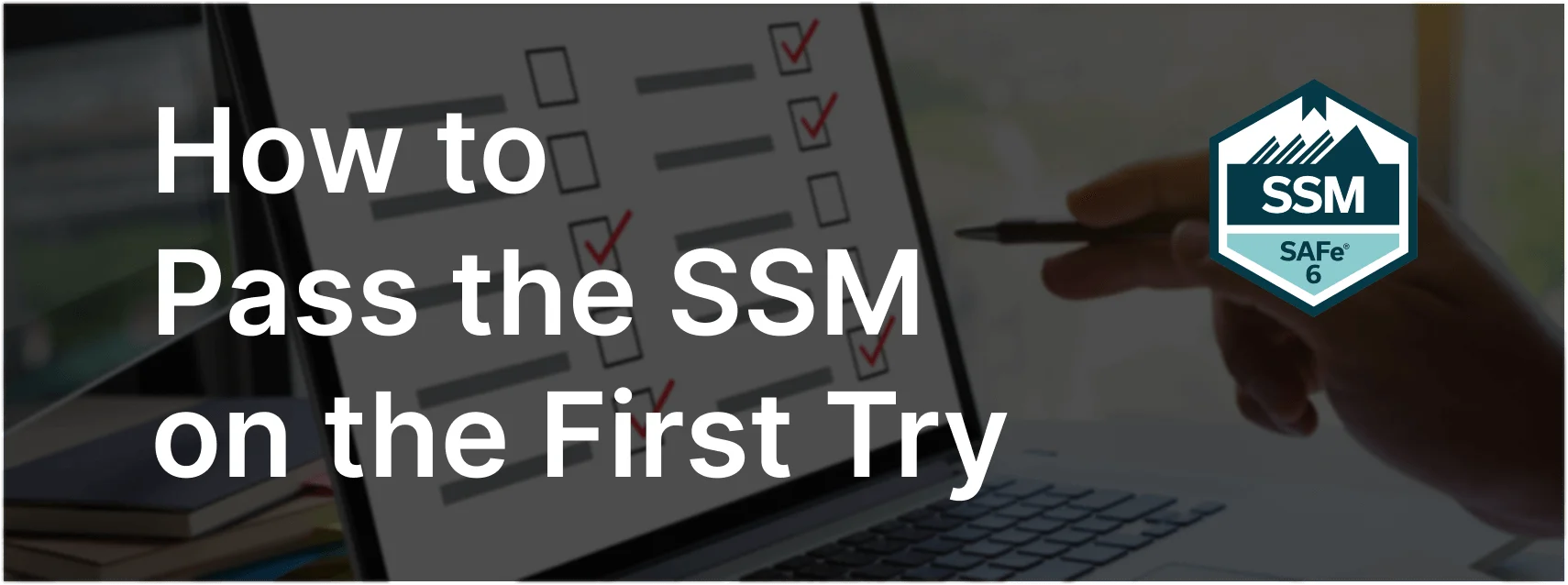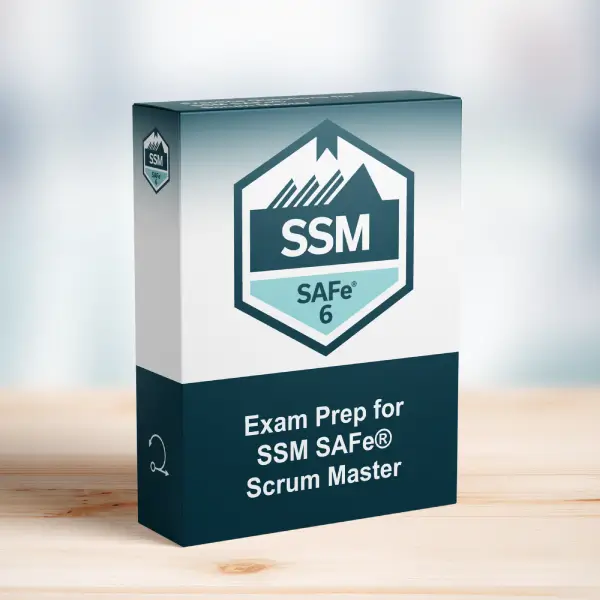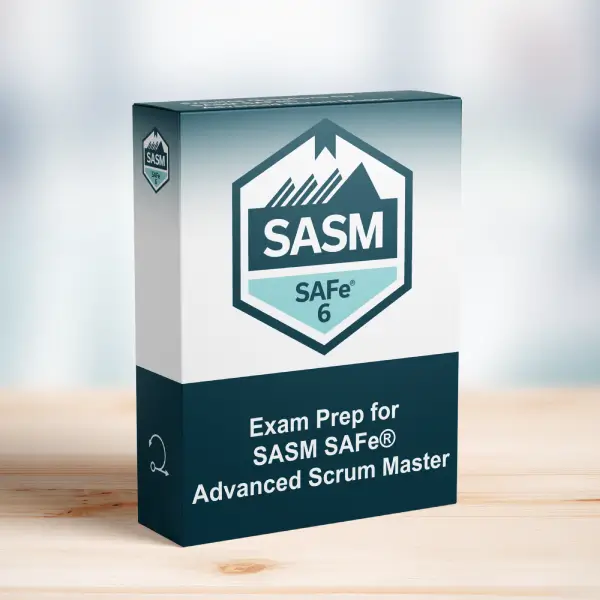During Iteration Planning, the Product Owner (PO) introduces a new story to the team. They cannot come to a consensus on the size of the new story and ask the PO for more details. After a lot of discussion, multiple dependencies with other teams emerge, so the team decides to leave the story in the Team Backlog and not commit. Is the team’s response an anti-pattern?
This article unpacks a SAFe Scrum Master scenario and explains what makes the correct response effective.
Exam Question
During Iteration Planning, the Product Owner (PO) introduces a new story to the team. They cannot come to a consensus on the size of the new story and ask the PO for more details. After a lot of discussion, multiple dependencies with other teams emerge, so the team decides to leave the story in the Team Backlog and not commit. Is the team’s response an anti-pattern?
A. No; the PO provided details on the story.
B. No; the Developers left the story in the Team Backlog for further refinement with the PO.
C. Yes; the Developers identified multiple dependencies with other teams.
D. Yes; the PO and the Developers reached a planning session without preparation and the dependencies were not identified.
E. Yes; the PO should not be in the iteration planning meeting.
Correct Answer
D
Explanation
Correct Answer
D. Yes; the PO and the Developers reached a planning session without preparation and the dependencies were not identified.:
This aligns with the SAFe Scrum Master’s responsibilities and expected behaviors.
Incorrect Answers
A. No; the PO provided details on the story.:
This is incorrect as it doesn’t reflect the SAFe Scrum Master’s duties or decision-making scope.
B. No; the Developers left the story in the Team Backlog for further refinement with the PO.:
This is incorrect as it doesn’t reflect the SAFe Scrum Master’s duties or decision-making scope.
C. Yes; the Developers identified multiple dependencies with other teams.:
This is incorrect as it doesn’t reflect the SAFe Scrum Master’s duties or decision-making scope.
E. Yes; the PO should not be in the iteration planning meeting.:
This is incorrect as it doesn’t reflect the SAFe Scrum Master’s duties or decision-making scope.
Scrum Master Insights
- Facilitation: Scrum Masters foster productive events and team alignment.
- Coaching: They enable team-level agility through guidance and reflection.
- Program Collaboration: Effective collaboration across ARTs ensures flow of value.
Relevance to the SSM Exam
This question represents key exam topics related to scaled Agile facilitation and team performance management in SAFe.
Key Takeaways
- Scrum Masters play a crucial role in enabling Agile teams and events.
- They promote alignment, remove impediments, and drive continuous improvement.
- SAFe requires facilitation skills at both team and program levels.
Conclusion
Understanding these responsibilities equips you for real-world performance and the SSM certification exam. For guided prep, explore our SSM Exam Prep.
Read more:



